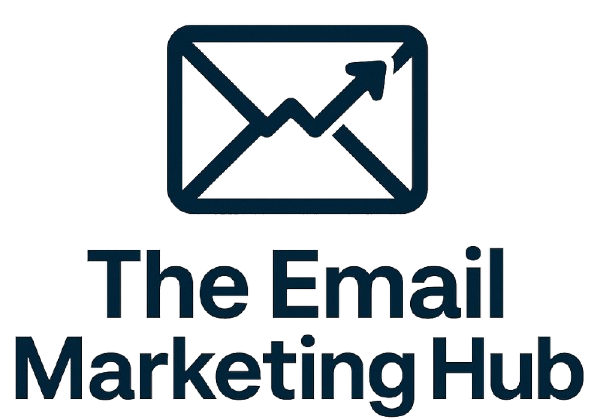AI is everywhere. Boards are asking for AI roadmaps. Marketers are testing prompts, automating campaigns, and generating content at scale. The tools are dazzling. The promises are intoxicating. But amid all the excitement, one thing is becoming painfully clear: tools alone do not create strategy.
We have entered what I call the AI plateau. After the initial hype, companies are realizing that access to technology doesn’t automatically translate into differentiation. An AI-generated ad or automated audience segment can be impressive, but if it is not grounded in a clear strategic decision, it is noise. It may look sophisticated, but it is hollow. The market doesn’t respond to speed or novelty alone. It responds to clarity, insight, and relevance.
The real competitive edge in the age of AI is not the tool, but the thinking behind it. Strategy is not a prompt. A prompt can produce content, suggest targeting, or even identify trends. But it cannot decide what problem your brand is solving, who your audience truly is, or why your message should matter. Those are human questions, and they are the questions that strategy answers.
Many companies have fallen into the trap of believing that the faster they generate outputs, the closer they are to impact. The opposite is true. Without a guiding framework, AI can amplify misalignment, accelerate errors, and make noise louder, not clearer. A campaign designed without purpose can now scale instantly, creating an illusion of execution while failing to move the needle on brand or business goals.
Consider audience segmentation. AI can analyze billions of data points and identify patterns that humans would struggle to see. But without strategic intent, those patterns may be irrelevant. A brand might discover a niche audience with high engagement potential. But if that audience doesn’t align with the brand’s core value proposition, the campaign risks wasting budget, confusing the market, or diluting messaging. The tool sees correlation. Strategy sees meaning.
Similarly, AI can generate creative in seconds, but the quality of output doesn’t equal strategic impact. A beautiful ad can be irrelevant if it doesn’t solve a business problem or connect with a consumer need. Speed amplifies output, but strategy amplifies impact. One without the other is incomplete.
Strategy also guides trade-offs. AI can recommend thousands of options, but it cannot decide what to prioritize. It cannot weigh brand equity against short-term revenue. It cannot balance risk against potential reward. Humans make these choices. Humans define the criteria that AI then applies. Without that framework, the tool becomes a factory of possibilities with no compass.
This is not a rejection of AI. The most successful teams are integrating AI into the heart of their marketing while doubling down on strategy. They use AI to accelerate insight, surface efficiency, and explore creative possibilities, all within a framework of clear decisions. Strategy tells the tool what matters. The tool cannot tell strategy what matters.
The AI plateau is also cultural. Many organizations are rushing to adopt technology to keep up or look innovative. Boards demand AI initiatives. Teams measure outputs in volume rather than outcomes. In this rush, strategic thinking can be sidelined. The loudest outputs can seem impressive. But they do not guarantee impact. They do not guarantee differentiation. They do not guarantee that a brand moves closer to its goal.
For marketers today, the challenge is to resist the seduction of output for output’s sake. It is to prioritize thinking over speed, clarity over quantity, and relevance over novelty. AI can help us execute faster, but it can’t decide the meaning of the execution. That remains the human domain.
We are in a period of unprecedented capability, but capability without purpose is wasted effort. The organizations that succeed will be the ones that remember that tools are extensions of strategy, not replacements. They will be the ones who approach AI with discernment, who invest in defining the “why” before the “how,” and who treat strategy as the ultimate differentiator in a tool-obsessed world.
The consequences of ignoring this are already visible. Campaigns optimized by AI without a guiding framework may achieve clicks or impressions but fail to build brand equity. Data-driven targeting can isolate audiences with precision, yet the wrong audience misses the point entirely. Tools without strategy can deliver more work in less time, but that work may be irrelevant or even damaging.
Strategy is the filter. It ensures that AI-driven initiatives are purposeful, aligned, and relevant. It ensures that speed is paired with clarity, output with intent, and insight with judgment. AI can accelerate execution, but only strategy provides direction.
In the age of AI, the loudest voices will not win. The clearest thinking will. Organizations that embrace AI without sacrificing strategy will move faster, smarter, and with more precision. Those that chase tools without clarity will generate noise, waste resources, and risk losing relevance. The plateau is here. The choice is clear. Let tools lead, or let strategy lead.
Strategy remains human. Strategy remains essential. And in the age of AI, that is what will determine who thrives.

